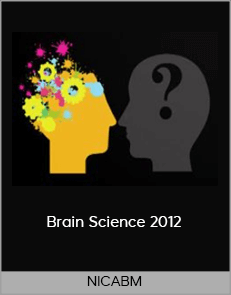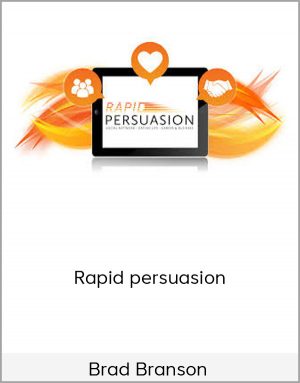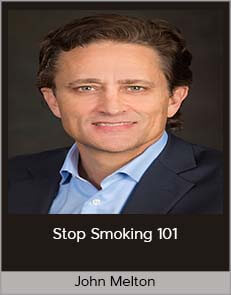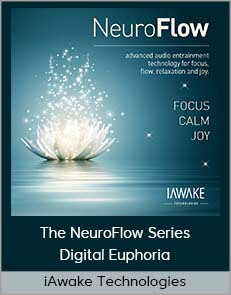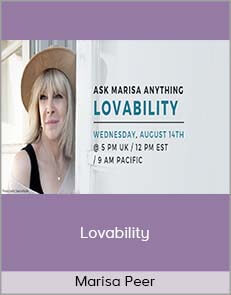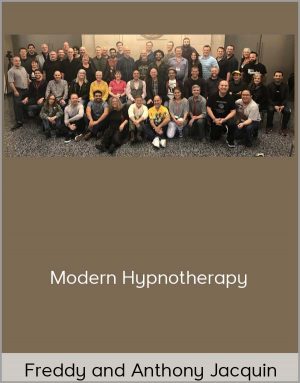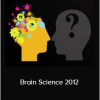NICABM – Brain Science 2012
$60.00$397.00 (-85%)
It was developed by modeling excellent communicators and therapists who got results with their clients.
NICABM – Brain Science 2012
Check it out: NICABM – Brain Science 2012
Here’s a look at what you’ll get:
Norman Doidge, MD (As seen on PBS®)
New York Times bestselling author of The Brain that Changes Itself, Faculty at the University of Toronto and Columbia University
Neuroplasticity and the anxious brain
Two brains in love: A case study in neural reorganization?
The process of unlearning – an often underutilized approach to change
How relationships foster changes in the brain
Why neuroplasticity isn’t always a good thing and what you need to know to prevent unintended consequences
Daniel G. Amen, MD
Medical Director of Amen Clinics, Inc., New York Times bestselling author of Use Your Brain to Change Your Age
Six types of ADD and why the wrong treatment can spell disaster for a child
Seven types of anxiety and why identifying which one to treat can drastically improve patient outcomes
What the NFL can teach us about improving our brains no matter what has happened to them
The Dinosaur Syndrome? How weight affects brain function
Dan Siegel, MD
Executive Director of the Mindsight Institute, Co-Director of UCLA’s Mindful Awareness Research Center, Author of The Whole-Brain Child
How to integrate both sides of the brain for optimal child development
Strategies for teaching kids to handle their emotions
How to help a child learn to pay attention to their inner self
The importance of the social brain: Teaching empathy to kids
Sharon Begley
Senior Health & Science Correspondent at Reuters, Author of The Emotional Life of Your Brain
Emotional types involved with autism and depression
Techniques for working with the brain’s emotional style
The power of neuroplasticity for treating stroke and Tourette’s Syndrome
Three interventions to strengthen neuroplasticity
Marsha Lucas, PhD
Licensed Psychologist and Neuropsychologist, Author of Rewire Your Brain for Love
Four obstacles to rewiring the brain
What happens in the brain when we’re afraid
How your vagus nerve can help you project peace and safety to the people around you
One simple practice that can rewire the brain for peace and serenity instead of fear and over-reactivity
David J. Linden, PhD
Chief Editor of the Journal of Neurophysiology, Faculty at Johns Hopkins University, and Author of The Compass of Pleasure
How stress sets up the potential for addiction
The surprising similarity between the brain of a politician, a CEO and an addict
Why addiction involves learning and what this means for treatment
Fats, sugars, and the pleasure circuit
Why ideas can be pleasure-inducing
Ruth Buczynski, PhD, Joan Borysenko, PhD and Bill O’Hanlon, MS
How to use novelty to trigger higher levels of dopamine and liven long-term relationships
How to manipulate the environment to help patients with addiction
Practical exercises to build mindful appreciation of eating
A simple and effective way to co-create a narrative with children that can enhance their acceptance of painful circumstances
How to implement “connect and redirect” to help steer patients to a new understanding of their life condition
How to use the five senses to get out of emotional ruts
A simple technique to dissolve anxiety
A quick exercise to shift brain patterns from fear to compassion
How to use oxytocin-releasing techniques to get out of old habits
Two ways to create emotional resilience
How clinicians can magnify their patients’ strengths and the right moments to do so
NLP online course
So what is NLP?
NLP stands for Neuro-Linguistic Programming. Neuro refers to your neurology;
Linguistic refers to language; programming refers to how that neural language functions.
In other words, learning NLP is like learning the language of your own mind!
NLP is the study of excellent communication–both with yourself, and with others.
It was developed by modeling excellent communicators and therapists who got results with their clients.
NLP is a set of tools and techniques, but it is so much more than that.
It is an attitude and a methodology of knowing how to achieve your goals and get results

